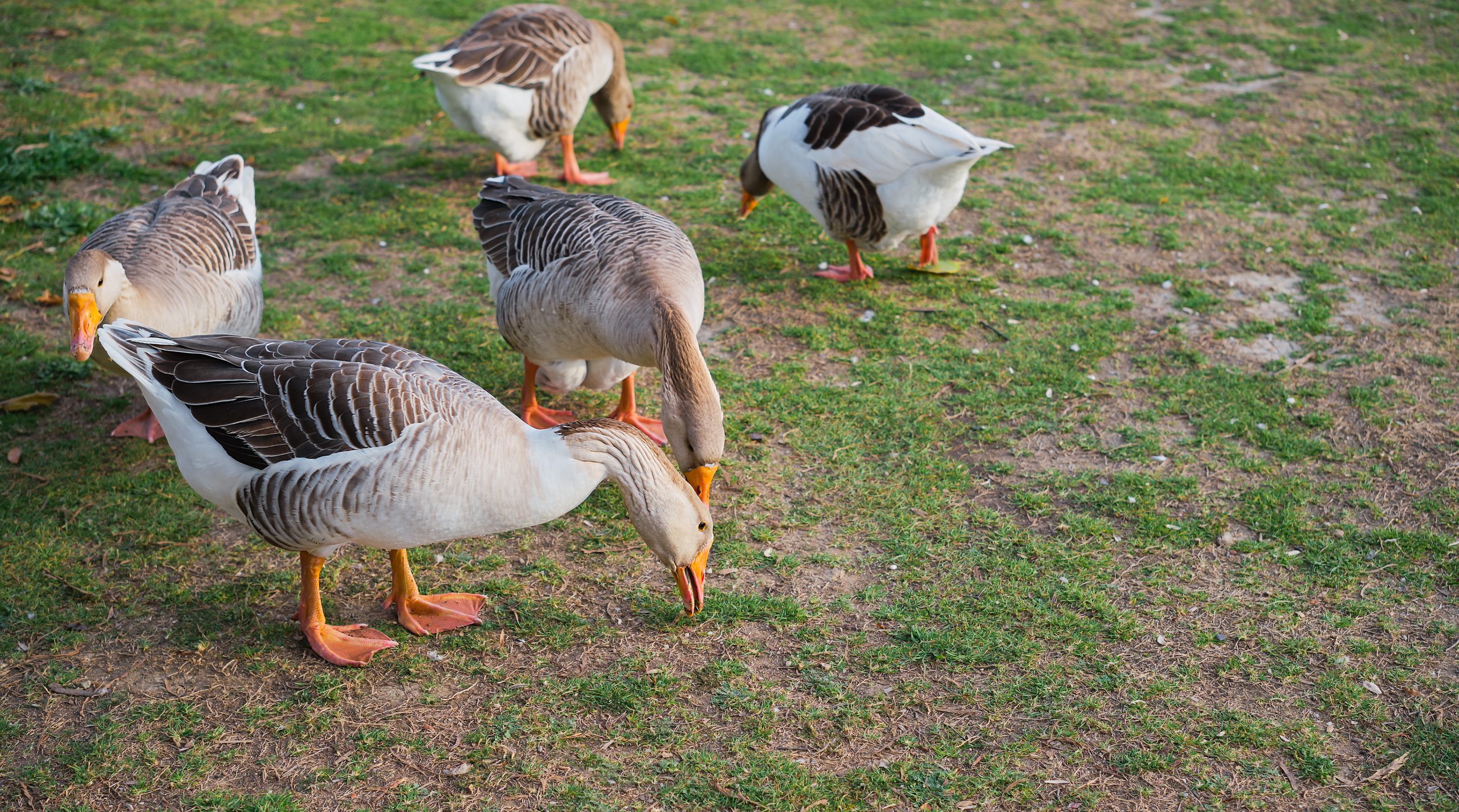Seagulls thrive along coastal regions swarming beachgoers for food scraps by day. But when dusk settles, the squawking masses mysteriously vanish. Understanding where weary gulls sleep and how they rest overnight helps appreciate survival strategies supporting their circadian success.
Why Do Seagulls Require Safe Sleeping Spots?
All animals require periods of adequate rest overnight for regaining energy. Seagulls specifically face increased threats at night that dedicated resting locations help mitigate:
Lower Night Vision
With monochromatic vision optimized for spying underwater prey and no night enhanced retina features, seagulls suffer immense blindness once sunlight fades. Safe, familiar spaces prevent deadly disasters.
Vulnerability on the Ground
Beaches fill with nocturnal foxes and stray animals that view resting gulls as easy targets. Low visibility leaves them unable to react quickly while roosting on open shores after hours.
Cooler Overnight Air Temps
Seagulls lack significant insulating feather density to retain warmth. Cooler temperatures demand heat conservation best achieved by bunking with flock-mates benefiting from communal warmth.
Understanding seagull limitations shifting between environments reveals why identifying secure overnight shelter remains essential for their 24 hour survival.
Where Do Seagulls Normally Sleep?
When not actively nesting during winter breeding seasons, seagulls favor a few key sleeping spot categories:
Protected Building Ledges
Concrete window sills, covered rooftop edges and structural overhangs offer protective barriers with visibility to scan for threats before daybreak. Almost no predators can access.
Offshore Islands & Rocky Cliffs
Inaccessible offshore rock formations or small islands keep birds in sight of food sources while minimizing threats from land predators overnight after daily coastal feeding.
Marshlands & Dense Shrubs
Brackish wetland areas near tidal flats offer shields from harsh wind and conceal flocks amid tall grass as they rest near crucial food supply replenished by changing tides.
Finding the right balance between safety, temperature regulation, convenience and colony coherence drives ideal sleeping spot selection each evening.
Unique Seagull Sleeping Behaviors
Beyond favored sleeping locations, seagulls exhibit some special physical and social behaviors while resting overnight too:
Stand-Sleeping
Seagulls can lock their leg joints to passively stand motionless for hours while half-dozing to avoid vulnerable prone positions. Periodically they fully sleep then collapse when needing deeper recovery.
Communal Comfort
During chillier periods, seagulls densely cram together on sheltered sites sharing warmth stomach-to-stomach with companions. Unity bolsters survival rates.
Rotating Positions
To maintain security, some flock members face outward scanning for subtle signs of encroaching danger and trade off throughout evening as needed to allow all birds intermittent proper rest.
Mid-Sleep Foraging
On extra cold or tumultuous nights, seagulls may sporadically leave briefly to expend energy walking or flying to generate body heat as needed before returning again to rest in clusters.
While seagulls cannot fully sleep while literally standing, the remarkable capability to rapidly transition between active scanning and power-napping proves indispensable for their challenging nighttime environs.
Locating Night Seagull Sleeping Hot Spots
Certain coastal geography concentrates masses seeking shared safe havens:
| Location | Sleeper Potential |
|---|---|
| Manmade piers, pilings and marina infrastructure | High Density |
| Offshore island clusters with sea caves | High Density |
| Inland bays with extensive reed beds | Medium Density |
| Rocky cliffsmixed with tidal pools | Medium Density |
| Sandy dunes next to estuary mouths | Low Density |
Additionally, listen for evening commencements of elevated squawking as potential signals of sizeable flocks gearing up to retire collectively once sufficient numbers congregate.
FAQs About Seagull Sleep Behaviors
Further common questions about gull resting habits addressed:
Do parent seagulls sleep alongside guarding nests?
Yes but minimizing rest overall. One parent stays vigilant while the mate briefly sleeps nearby then they trade off. This pattern continues for several weeks until their defenseless chicks mature enough for roosting together.
Why sleep together in groups? Can’t they take turns keeping watch?
While companions provide warmth benefits, vigilance against threats actually declines in larger crowds. Individuals tend to rely on others reactions instead which proves far less effective than pairs strategically coordinating reconnaissance duties nearby valued nesting sites.
Do seagulls only sleep along coasts?
Primarily yes due to ingrained dependence on marine food sources. But some bold individuals over time adapt to exploit inland food waste sources. These pioneer explorers establish new colony beachheads at lakes, landfills etc choosing to roost further inland as range extends.
Can congregation noises indicate anything unique happening?
Interesting idea! More observational data needed but researchers suspect subtle language differentiation between basic caws when conveying specific gathering purposes. Distinguishing “mobbing calls” from “feeding yells” supports the theory – more study ahead!
Conclusion
Where do seagulls retreat at night after long days patrolling the tides? By locating safe, sheltered spaces near enriched feeding grounds, these maritime mercenaries alternate awkward standing sleep postures amid protective clusters sharing invaluable communal warmth and security vigils peak rest requires. Glimpsing synchronized masses hunkering down unveils hidden habits supporting worldwide success mastering harsh shoreline environs side-by-side. There’s more than meets the eye with sleeping seagulls!



